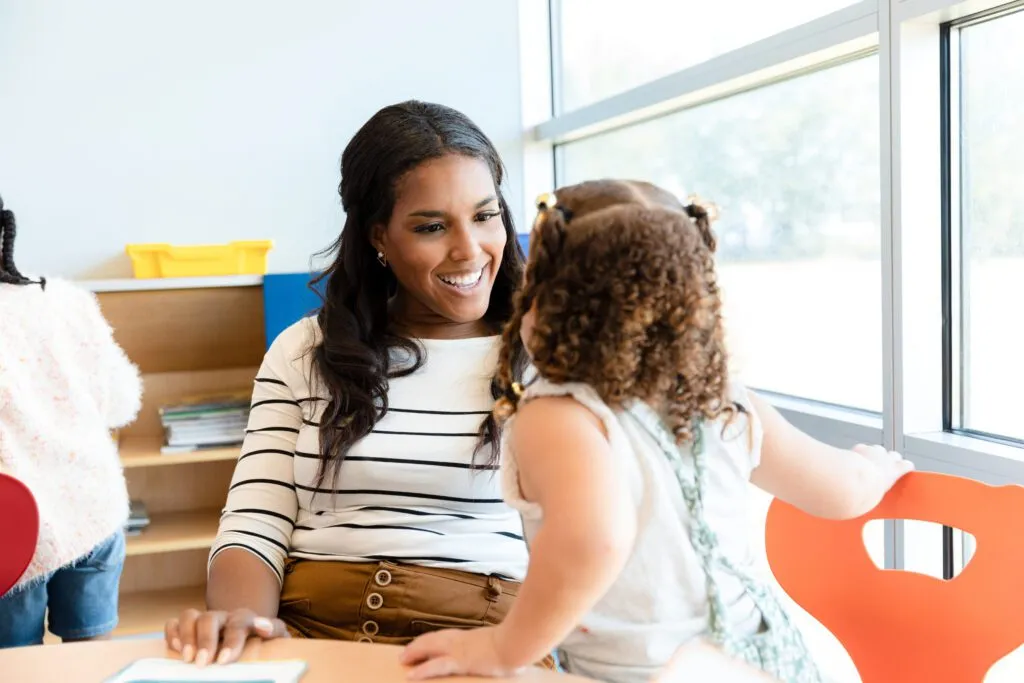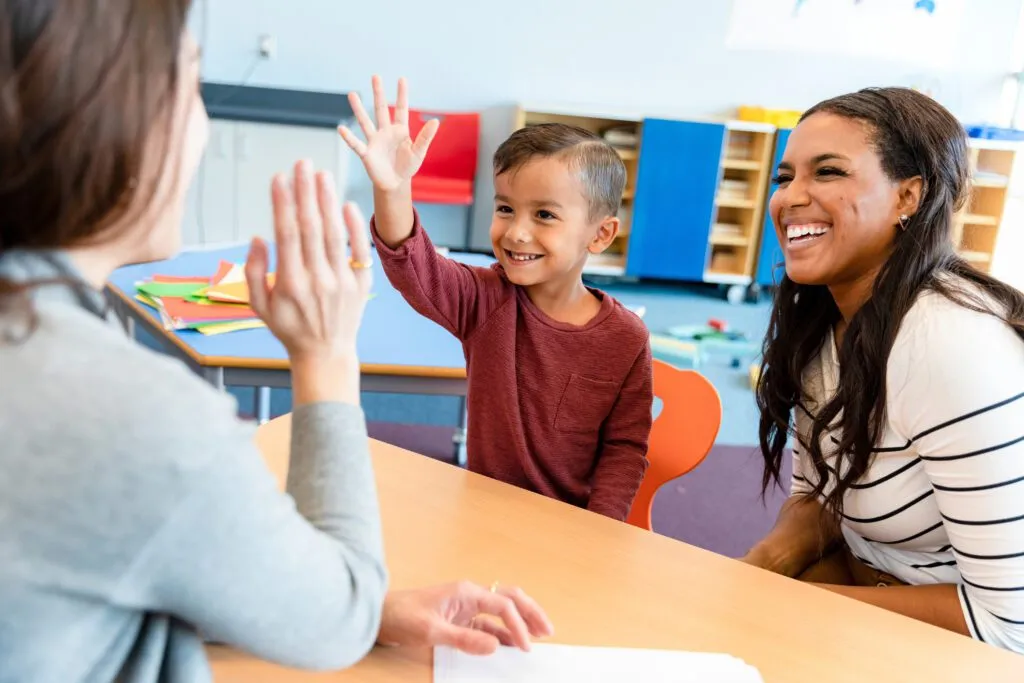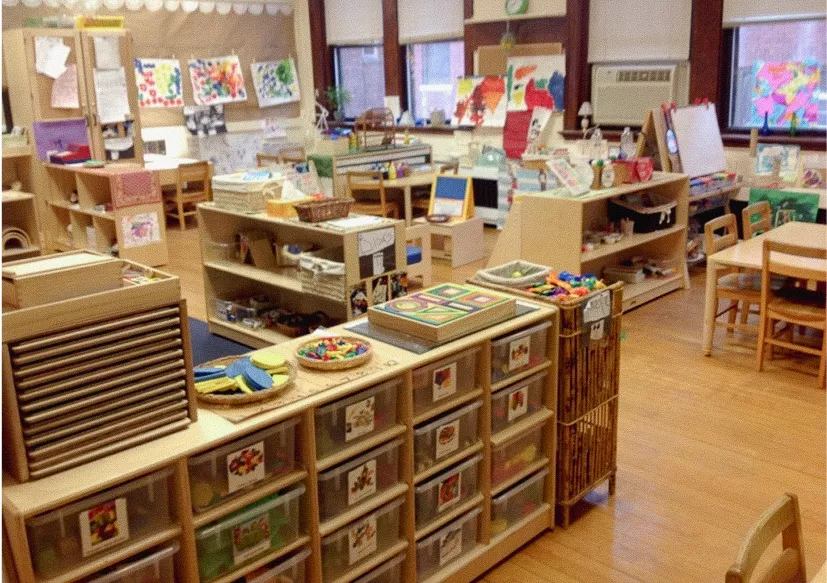Why It Matters: Intentional Teaching in the Interest Areas

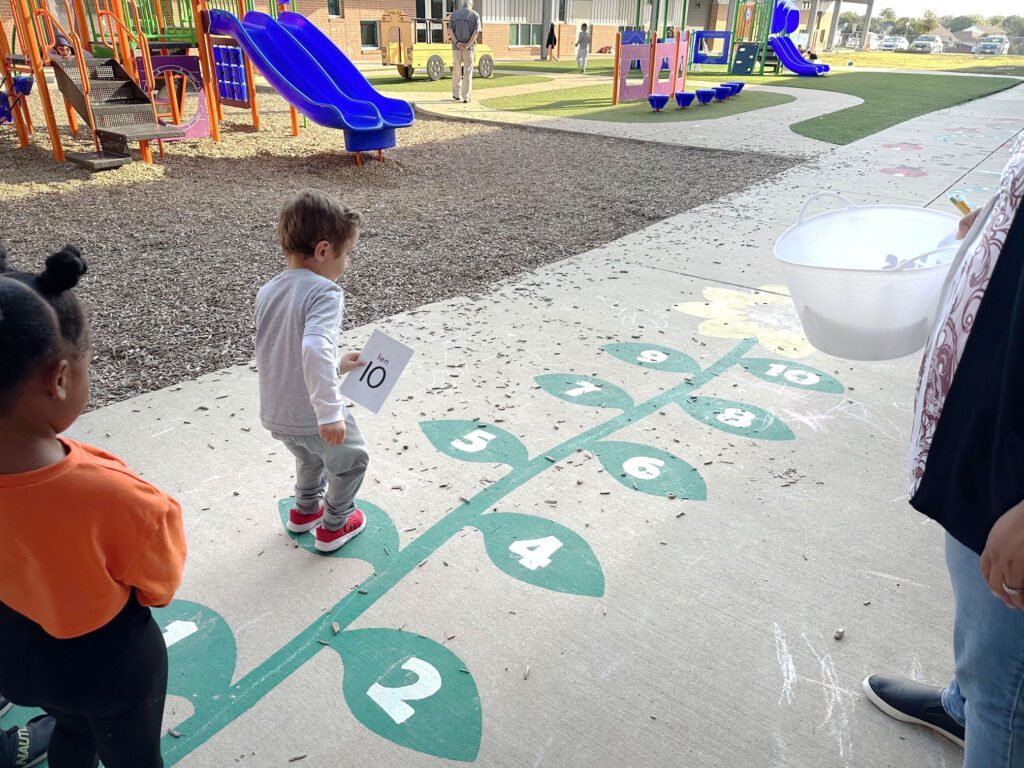
For years, preschool teachers have told us how much they rely on the guidance provided in Intentional Teaching Experiences to help them lead small-group instruction. And, for teachers who use GOLD in addition to The Creative Curriculum, the “toggle to Assess” feature of Intentional Teaching Experiences in the Teach area of SmartTeach means that you can assess specific skills and abilities as children demonstrate them during the activity.
Intentional Teaching Experiences are rich with ideas for
- adapting the activity to include all learners in the experience,
- modifying the experience to individualize for each child’s demonstrated abilities and scaffold each child’s learning at a “just right” level of challenge,
- providing extra support for children who are multilingual learners, and
- asking questions to focus your observations of children’s demonstrated skills.
But did you know that Intentional Teaching Experiences also offer guidance to help you make the most of your classroom’s interest areas?
Why This Matters
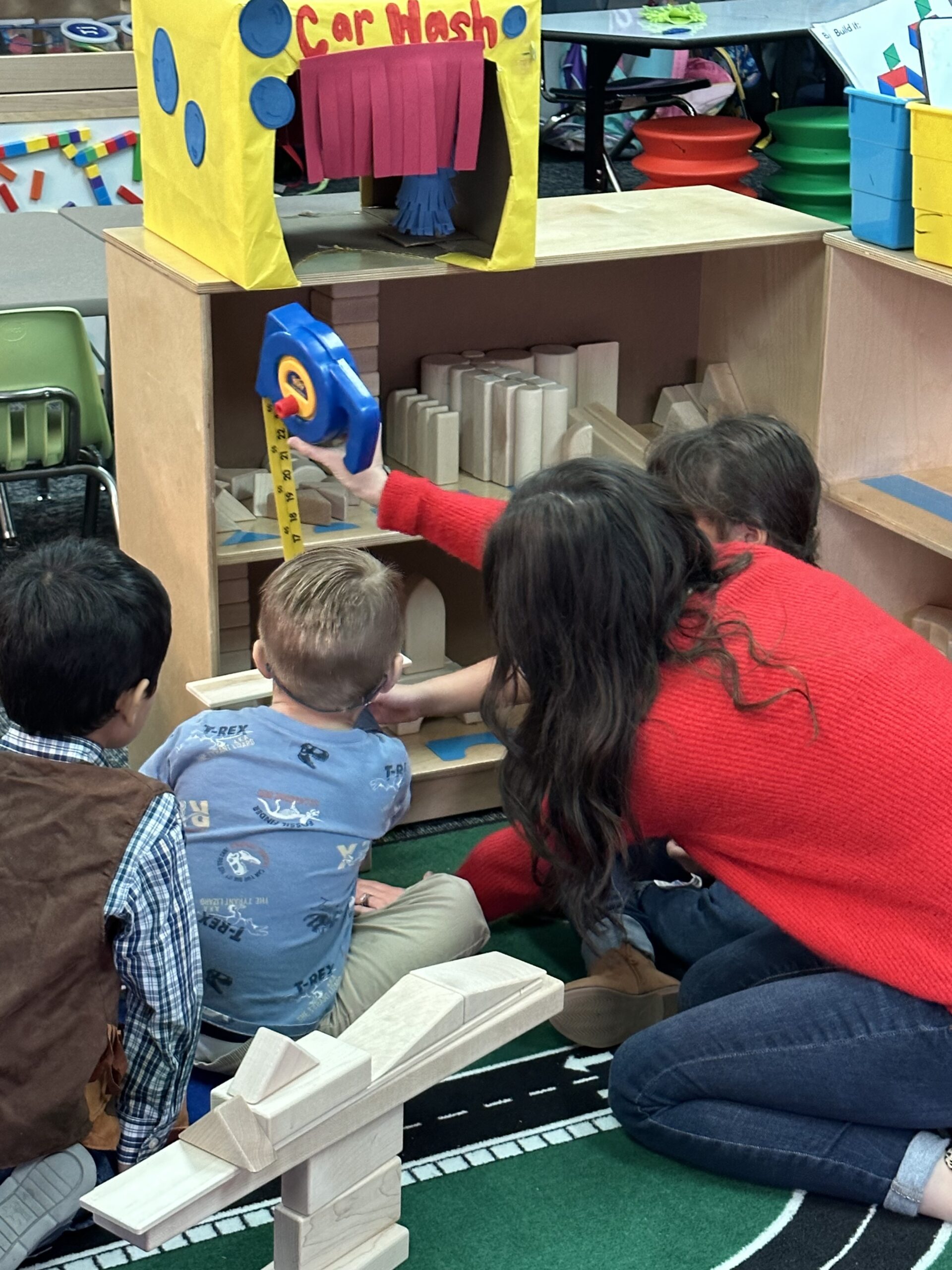 I will admit to experiencing an inflated sense of professional pride the day I first sat behind the inner arch of a rainbow-shaped table and led a small group of kindergarten children in learning about…I honestly have no idea anymore. I just remember thinking I’d somehow “arrived” as a teacher because of my special seat at what was essentially the head of the small-group-instruction table.
I will admit to experiencing an inflated sense of professional pride the day I first sat behind the inner arch of a rainbow-shaped table and led a small group of kindergarten children in learning about…I honestly have no idea anymore. I just remember thinking I’d somehow “arrived” as a teacher because of my special seat at what was essentially the head of the small-group-instruction table.
I wish I had realized then what I now know about the power of the physical environment to influence children’s thinking, understanding, and engagement.
When a teacher introduces a skill in a part of the classroom where the children are most likely to use that skill, the whole experience makes more sense to children. For example, the Intentional Teaching Experience M09, “Bigger Than, Smaller Than, Equal To,” helps children learn to use both standard (a measuring tape) and non-standard (such as pieces of yarn or plastic links) units of measurement. The “What You Do” section tells teachers to invite children to build structures from blocks and then measure them. Where does it make sense to implement this experience? Your classroom’s Block area, of course!
By introducing this activity in the Block area—and then leaving the tools and materials there for children to use whenever they want—the teacher is providing instruction and guided practice as well as an opportunity for children to repeatedly engage in independent practice. Furthermore, children now have a new reason to gravitate toward that interest area during choice time—because the teacher has taught them about new and interesting ideas they can experiment with there.
Identifying the “Right” Interest Area
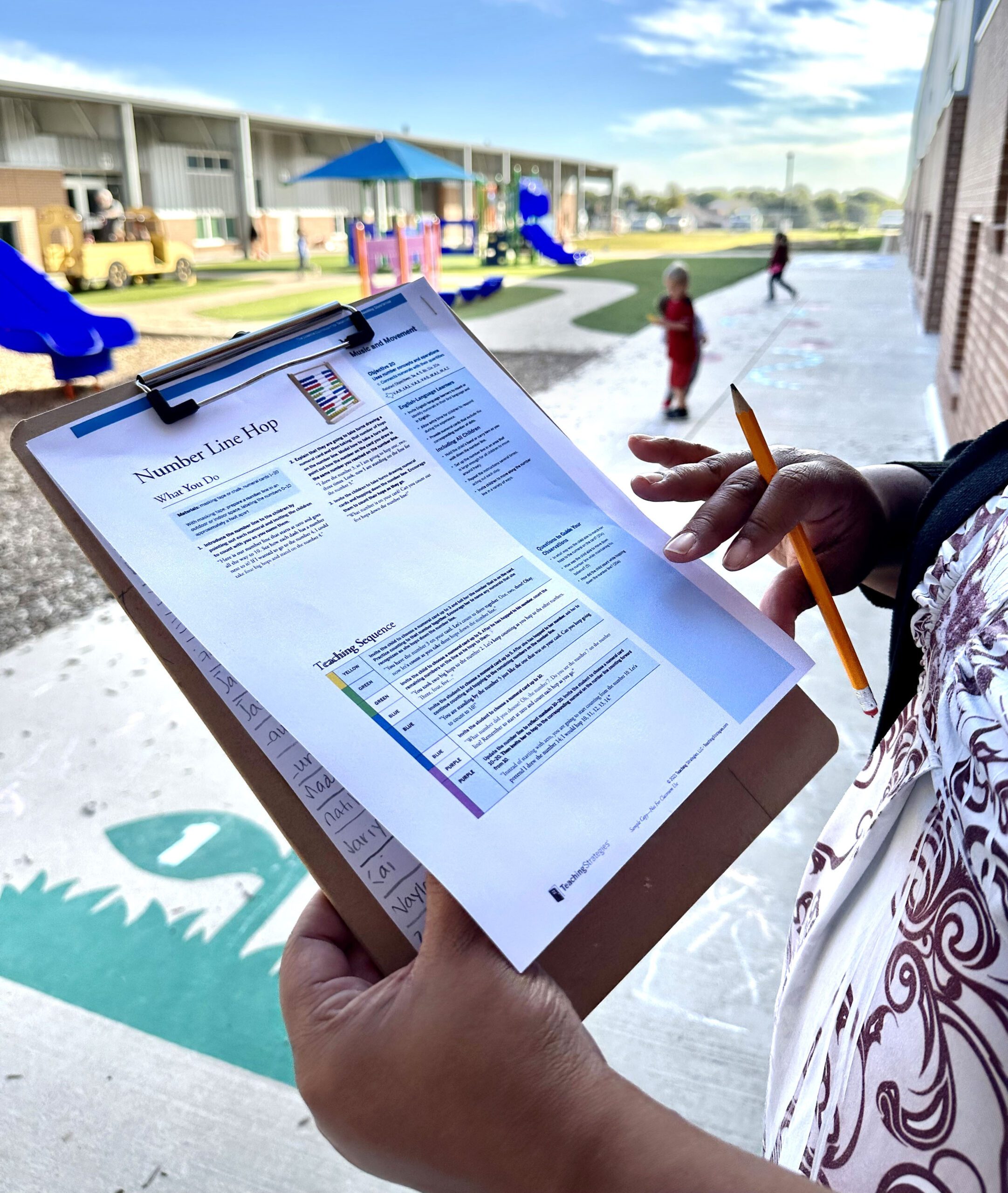 If you are using a print version of an Intentional Teaching Experience or viewing it in the Library area of SmartTeach, you will see the recommended interest area identified in the upper-right corner, just below the activity’s alphanumeric identifier. Also, here’s a helpful chart you can download and reference any time you want to know the recommended interest area for each of the Intentional Teaching Experiences in The Creative Curriculum for Preschool.
If you are using a print version of an Intentional Teaching Experience or viewing it in the Library area of SmartTeach, you will see the recommended interest area identified in the upper-right corner, just below the activity’s alphanumeric identifier. Also, here’s a helpful chart you can download and reference any time you want to know the recommended interest area for each of the Intentional Teaching Experiences in The Creative Curriculum for Preschool.
Remember, however, that there’s great power in “making the curriculum your own.” Never be afraid to modify the instructions in an Intentional teaching Experience if doing so will make it more meaningful to the children in your class. This advice includes taking the activity to a different part of the classroom—or even outdoors—whenever it makes more sense to do so.
Seamlessly connect curriculum and assessment with Intentional Teaching Experiences.
Learn More about GOLD Learn More about The Creative Curriculum for Pre-K
